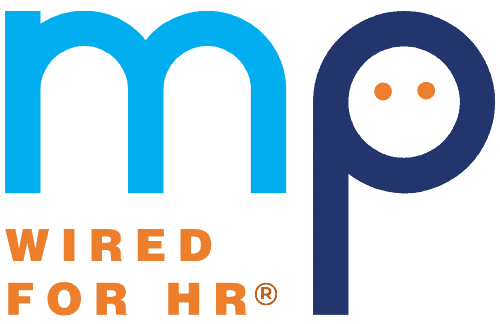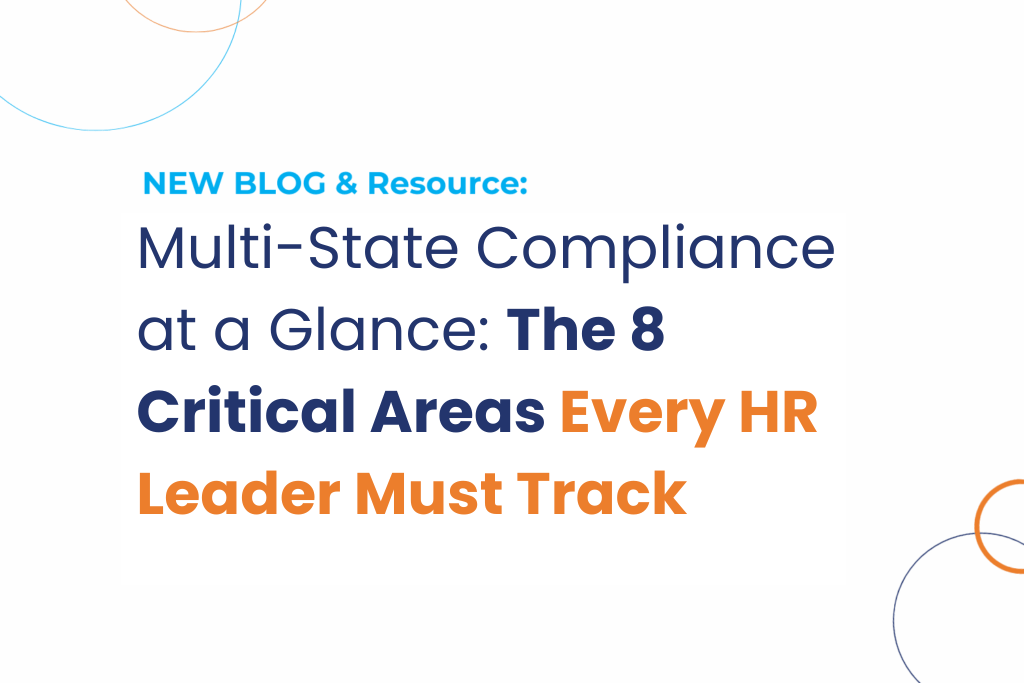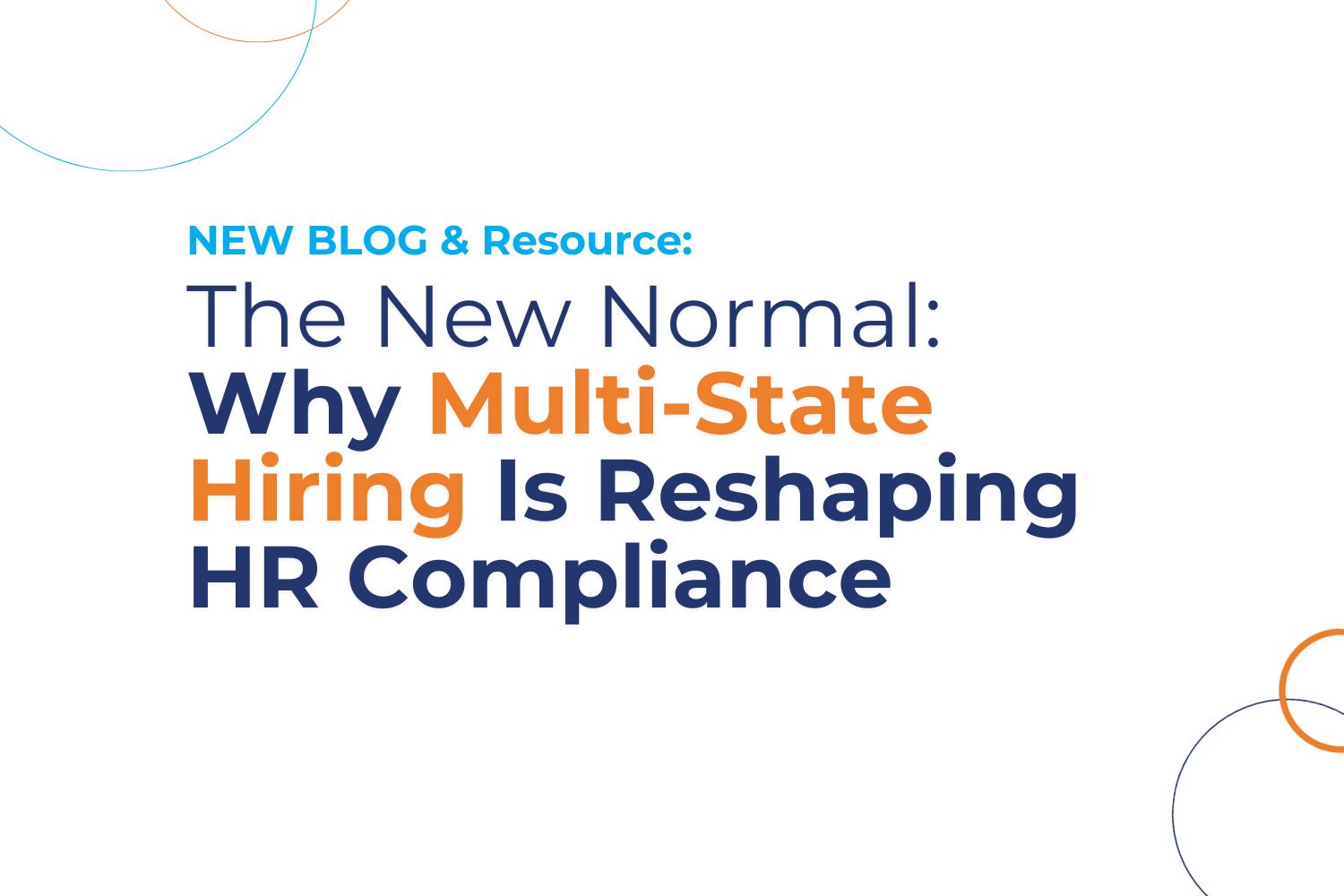Unlocking Success: The Power of Pay Transparency
July 15th 2025

Pay transparency refers to the practice of openly sharing information about employee compensation within an organization. It involves providing employees with clear and accessible details regarding the pay structure, salary ranges, and factors influencing compensation decisions. This approach is becoming increasingly popular as organizations recognize the value of promoting fairness, building trust, and fostering engagement in the workplace.
Pay transparency can take many forms, ranging from disclosing pay ranges in job postings to providing internal employees with detailed insights into how salaries are determined. Companies that adopt this practice demonstrate a commitment to equitable pay and often experience numerous benefits as a result.
How Will Pay Transparency Benefit My Organization?
Retention and Attraction
One of the most notable benefits of pay transparency is its positive impact on employee retention and recruitment. Studies show that organizations that implement pay transparency experience a 30% decrease in the intent to quit among employees. When employees understand how their pay compares within the company, they are less likely to feel undervalued or seek opportunities elsewhere.
In terms of recruitment, transparency can be a powerful tool. Approximately 70% of organizations that post pay ranges in job listings report attracting more applicants. Additionally, 82% of U.S. workers indicate that they are more likely to consider applying for a position if the salary range is included in the job posting. By being upfront about compensation, companies can stand out in a competitive job market and appeal to a larger pool of qualified candidates.
Increased Trust and Engagement
Transparency fosters trust among employees by promoting a sense of fairness and reducing suspicions of pay discrimination. When employees have a clear understanding of how compensation is determined, they are more likely to feel valued and engaged in their work.
Trust is essential in any organization, and a transparent pay structure can significantly enhance it. Employees who perceive that they are being paid fairly compared to their peers tend to have higher job satisfaction and are more motivated to contribute to the organization’s success. Moreover, an environment of trust encourages open communication, collaboration, and a stronger organizational culture.
Motivation and Performance
Pay transparency can also boost motivation and performance. A study conducted among academics found that when pay transparency revealed how employees were compensated compared to their peers, higher-paid academics published roughly 7% more articles on average. This suggests that understanding how pay aligns with performance can drive individuals to excel in their roles.
Similarly, a study of over 2,000 bank workers found that once employees learned their managers earned more than they expected, they were motivated to work harder. Transparency provided them with a clearer view of the career advancement opportunities available, leading to increased effort and productivity.
Fairness and Equality
Promoting fairness and equality is a key objective of pay transparency. By making compensation information accessible, organizations can identify and address pay gaps based on factors such as gender, race, or other protected characteristics.
Transparent pay policies ensure that salary decisions are based on objective criteria, reducing the risk of unconscious bias or discrimination. Companies that prioritize pay equity not only foster a more inclusive work environment but also demonstrate their commitment to social responsibility. This can enhance the organization’s reputation and make it more attractive to socially conscious talent.
Challenges of Pay Transparency
While pay transparency offers numerous benefits, it also comes with its own set of challenges. Organizations considering implementing transparent pay practices should be prepared to address these concerns:
Privacy Concerns
Some employees may feel uncomfortable with their salaries being openly disclosed, fearing potential judgment or comparisons. Companies must carefully balance transparency with employee privacy by choosing the appropriate level of disclosure. Providing pay ranges instead of individual salaries can be a more comfortable approach while still promoting transparency.
Salary Compression
Pay transparency may reveal salary compression, where the pay difference between experienced and less experienced employees is minimal. This can lead to dissatisfaction among senior employees who feel their expertise is not adequately rewarded. Organizations can mitigate this by regularly reviewing and adjusting their pay structures to ensure appropriate differentiation based on experience and performance.
Cultural Resistance
In some organizations, particularly those with traditional or hierarchical cultures, there may be resistance to implementing pay transparency. Leaders may fear that open discussions about compensation will lead to conflict or dissatisfaction. Effective communication and education about the benefits of transparency can help address these concerns and shift company culture over time.
Misinterpretation and Discontent
Without proper context, employees may misinterpret salary data, leading to frustration or resentment. Organizations should provide clear explanations of how pay decisions are made, including factors like experience, skills, performance, and market benchmarks. Providing opportunities for employees to ask questions and understand their growth potential can prevent misinterpretation.
Conclusion
Pay transparency is a powerful practice that can enhance employee trust, motivation, and engagement while promoting fairness and equality. Organizations that embrace transparency often experience higher retention rates, attract more candidates, and foster a positive workplace culture.
While challenges exist, they can be effectively managed through careful planning, open communication, and a commitment to equitable pay practices. By taking steps toward greater transparency, organizations can build a more resilient, motivated, and satisfied workforce, ultimately driving long-term success; and MP is here to help with each step of the process. Let’s talk!
Make sure to subscribe to MP’s blog and stay on top of the most up-to-date news and trends in the business realm.
Stay Up-To-Date on Compliance & Trends
Recent Posts
- The New Normal: Why Multi-State Hiring Is Reshaping HR Compliance
- The New Normal: Why Multi-State Hiring Is Reshaping HR Compliance
- Part 2: Speak Their Language — How to Win Buy-In From the C-Suite
- Part 1: Stop Playing Defense — How to Position HR as a Business Driver
- Built for Your Industry: Why Industry-Specific HCM Solutions Deliver 3x Better Results
Categories
- ACA (10)
- AI (6)
- BizFeed (6)
- Business Strategy (120)
- COBRA (5)
- Compliance (246)
- COVID-19 (92)
- Diversity (12)
- eBooks (19)
- Employee Engagement (33)
- Employee Handbooks (24)
- ERTC (29)
- FFCRA (7)
- HR (311)
- MP Insider (13)
- Payroll (167)
- PFML (9)
- PPP (24)
- PTO (5)
- Recruiting (54)
- Remote Work (39)
- Return to Work (32)
- Unemployment (1)
- Wellness (22)
Archives
- November 2025
- October 2025
- September 2025
- August 2025
- July 2025
- June 2025
- May 2025
- April 2025
- March 2025
- February 2025
- January 2025
- December 2024
- November 2024
- October 2024
- September 2024
- August 2024
- July 2024
- June 2024
- May 2024
- April 2024
- March 2024
- February 2024
- January 2024
- December 2023
- November 2023
- October 2023
- July 2023
- June 2023
- May 2023
- April 2023
- March 2023
- January 2023
- December 2022
- October 2022
- September 2022
- August 2022
- July 2022
- June 2022
- May 2022
- April 2022
- March 2022
- February 2022
- January 2022
- December 2021
- November 2021
- October 2021
- September 2021
- August 2021
- July 2021
- June 2021
- May 2021
- April 2021
- March 2021
- February 2021
- January 2021
- December 2020
- November 2020
- October 2020
- September 2020
- August 2020
- July 2020
- June 2020
- May 2020
- April 2020
- March 2020



